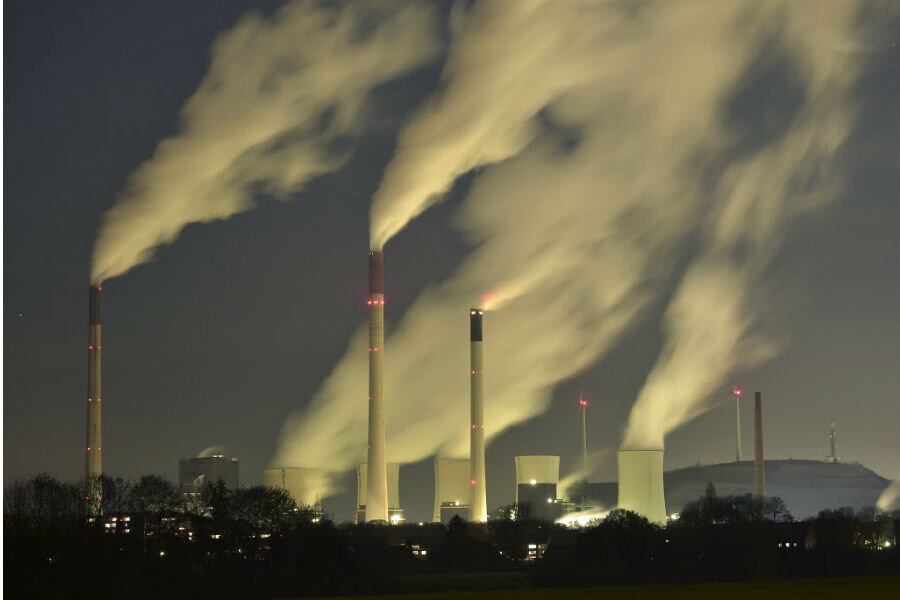Climate change: Why are global methane levels spiking?
Loading...
Methane levels have been spiking considerably in recent years, according to an editorial published in the journal Environmental Research Letters.
Methane, a major greenhouse gas, is not as talked about as much as a more abundant contributor to climate change, carbon dioxide. But while concentrations of methane in the atmosphere are not nearly as high as CO2, methane has a much higher heat-trapping potential.
Over the past few years, CO2 emissions have flattened out, in a piece of rare good news for those concerned about the global climate. But according to the editorial, methane levels in the atmosphere have risen since 2007 and spiked over the past two years, throwing another wrench in the works of efforts to rein in rising temperatures.
"Why this change happened is still not well understood," Marielle Saunois, lead author of the new paper and an assistant professor of Université de Versailles Saint Quentin and researcher at Laboratoire des Sciences du Climat et de l'Environnement in France said in a statement. "For the last two years especially, the growth rate has been faster than for the years before. It's really intriguing."
According to the report, the presence of methane in the atmosphere climbed only 0.5 parts per billion (ppb) in the early 2000s. But that number jumped to 12.5 ppb in 2014 and 9.9 ppb in 2015, after a substantial, if less dramatic, increase in methane in the years leading up to the spikes of the past two years.
"Looking at the scenarios for future emissions, methane is starting to approach the most greenhouse gas-intensive scenarios," Rob Jackson, an earth scientist at Stanford University who co-wrote the study, told The Washington Post. "That's bad news. We're going in the wrong direction."
Methane is still far more rare than CO2, but it can trap 28 times more heat. And while CO2 sources are easier to pin down, methane is a little more difficult, since a lot of methane emissions come from sources other than the fossil fuel industry. Many sources of methane emissions come naturally as the result of biological processes.
"Unlike carbon dioxide, where we have well described power plants, almost everything in the global methane budget is diffuse," Jackson said in the statement. "From cows to wetlands to rice paddies, the methane cycle is harder."
The main source of the spike over the past few years, according to the report, does seem to be associated with agricultural rather than industrial sources. Cows in particular are known to be a major producer of the greenhouse gas, though recent experiments have shown that diets that include linseed oil have reduced the amount of methane the bovines produce. Microorganisms that produce methane in rice paddies have also been on the rise lately, an inevitable part of production of the staple food.
"When it comes to methane, there has been a lot of focus on the fossil fuel industry, but we need to look just as hard if not harder at agriculture," Jackson says. "The situation certainly isn't hopeless. It's a real opportunity."
According to the article, researchers will need to find alternatives for methane-producing industries soon in order to keep the average global temperature from climbing more than two degrees Celsius above pre-industrial levels, a goal shared by nations worldwide.








